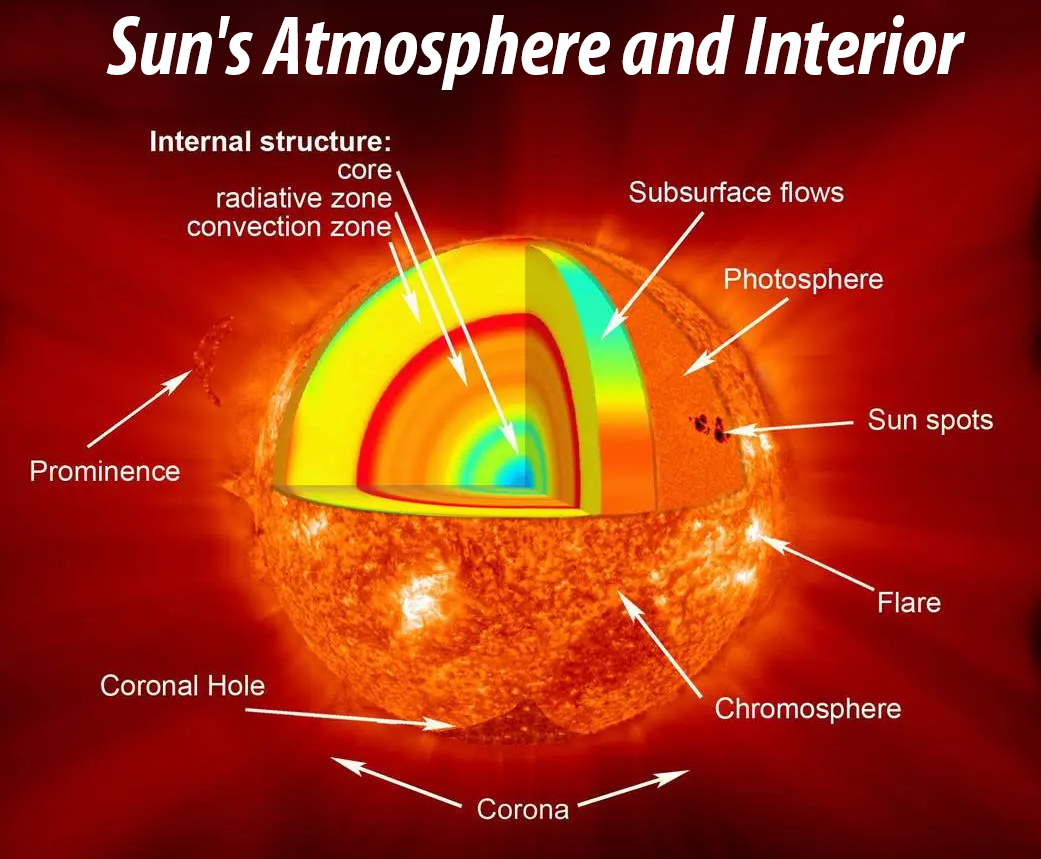Solar Magnetic Field Research | 04 Sep 2024
Recently, Astronomers at the Indian Institute of Astrophysics (IIA) have found a new way to study the Sun's magnetic field by studying the magnetic field at different layers of the solar atmosphere. The astronomers have done this using data from IIA’s Kodaikanal Tower Tunnel Telescope.
- Research Details: The study focused on an active sunspot region characterised by complex features, including multiple umbrae (dark central regions) and a penumbra (outer lighter region).
- Observations were conducted using the Hydrogen-alpha line and the Calcium II line. These lines help infer the magnetic field's stratification at various heights in the solar atmosphere.
- Significance: The findings are significant in advancing our understanding of the Sun's magnetic field, setting the stage for future studies to explore solar magnetic phenomena in greater detail.
- Kodaikanal Tower Tunnel Telescope: It is a three-mirror based Solar telescope owned and operated by the Indian Institute of Astrophysics.
- British astronomer John Evershed first observed the Evershed Effect in 1909 at the Kodaikanal Observatory in India.
- Evershed Effect is a phenomenon that describes the flow of gas across the surface of sunspots.
- British astronomer John Evershed first observed the Evershed Effect in 1909 at the Kodaikanal Observatory in India.
- About Solar Atmosphere: The solar atmosphere consists of interconnected layers through magnetic fields. These fields play a crucial role in transferring energy and mass, which helps address the "coronal heating problem" and drives the solar wind.
- The coronal heating problem is a mystery in solar physics that involves understanding why the Sun's corona (outermost layer of the Sun's atmosphere) is much hotter than the layers below it.
Read More: Coronal Mass Ejections

